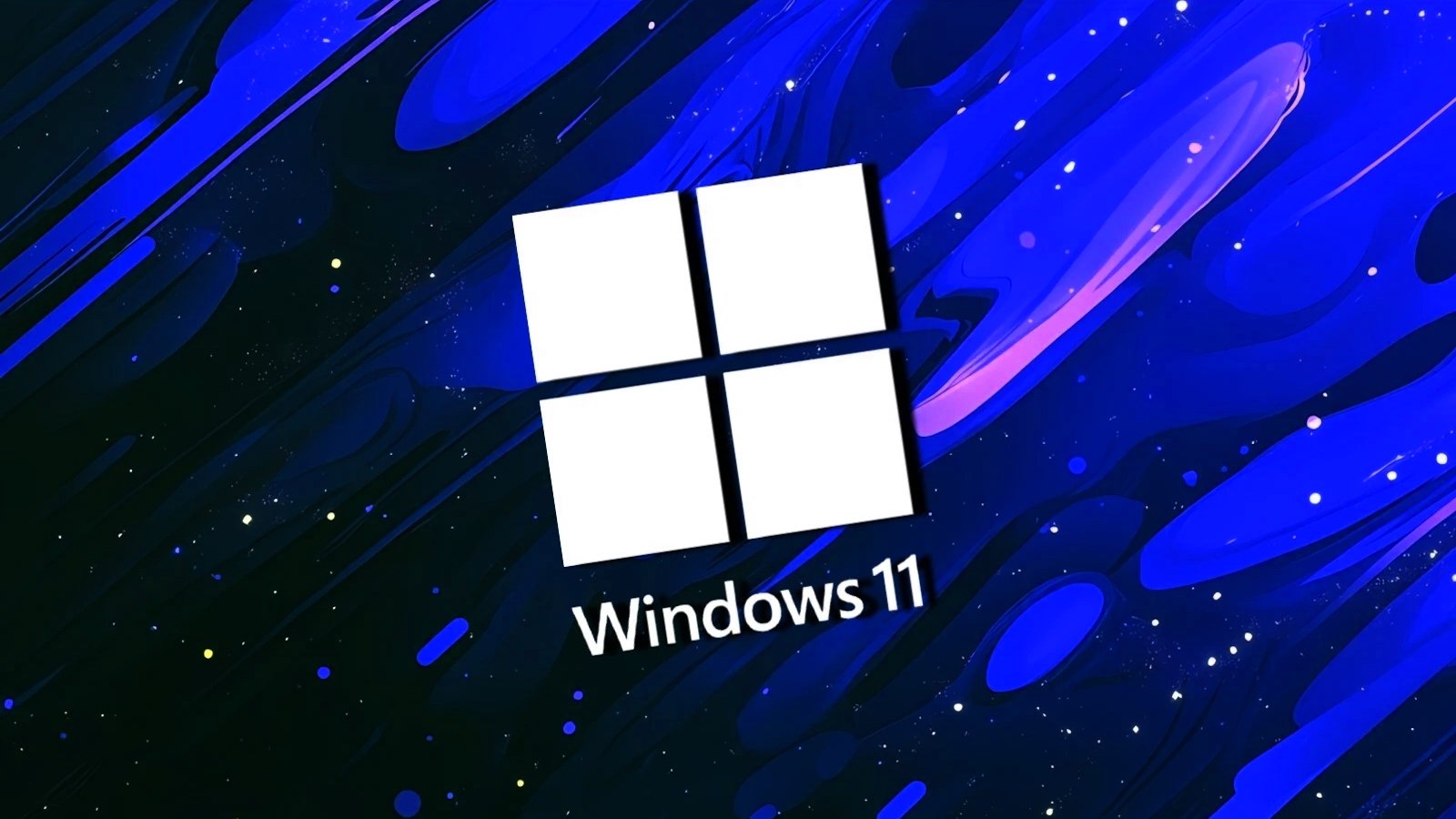
Follow ZDNET: Add us as a preferred source on Google.
ZDNET’s key takeaways
- Microsoft’s ESU program provides security updates for Windows 10.
- You normally just head to Windows Update to register for the program.
- If the option doesn’t appear, there are ways to trigger it.
Choosing to stick with Windows 10 despite this week’s support cutoff from Microsoft? OK, but you still want to make sure that your PC is protected against vulnerabilities and other security threats. And for that, Microsoft offers an Extended Security Update program that guarantees critical and important security patches for the next year.
You can qualify for the ESU program in a few different ways. If you don’t mind spending some money, the program costs a flat fee of $30. Alternatively, you’re able to redeem 1,000 Microsoft Rewards points, assuming you’ve compiled at least that many. To earn rewards points, you typically have to run different searches using Microsoft Bing.
Also: Microsoft said my PC can’t run Windows 11, but I upgraded in 5 minutes anyway – here’s how
But why shell out money or rewards points when you can snag the ESU for free? For that, you simply have to turn to the built-in Windows Backup tool to back up and sync your settings to the cloud.
How to sign up
Signing up for the ESU program is normally a straightforward process. In Windows 10, head to Settings and select Windows Update. You should then see a new section for enrolling in the Extended Security Updates. Click the Enroll Now link.
If Windows detects that you’ve already backed up your settings via the Backup tool, then you’ll be offered the program for free. Otherwise, you may be asked if you want to spend the $30 or redeem your Microsoft Rewards points. Then, click the Enroll button and you’re set.
But what if you don’t see the option to enroll? That could happen for any number of reasons.
First, make sure you’re signed in as an administrator or have administrative rights on your PC. Also, the option won’t appear if you’re logged in with a child account, so make sure your Microsoft account is registered as an adult.
Second, the option appears only if you’re running Windows 10 22H2, which is the latest version of the ten-year-old OS. You also must have installed the latest updates. Go to Settings and then Windows Update. Click the button to check for updates and allow them to download and install.
To double-check your version of Windows 10, go to Settings, select System, and then click About. The section for Windows Specifications should show 22H2 as the version.
Check the Windows Update section again to see if the enroll option now appears. Still nothing? Then it’s time for a fix to force the issue. Courtesy of PC World, this one requires some command-line tweaks and a Registry hack.
- Click the Windows search bar, type CMD at the search field. Right-click on the result and choose “Run as administrator.”
- At the command prompt, type the following string: sc.exe config DiagTrack start=auto. Then press Enter.
- At the prompt, type the string: sc.exe start DiagTrack and then press Enter.
- Still at the command prompt, type or copy the following string: reg.exe add “HKLM\SYSTEM\CurrentControlSet\Policies\Microsoft\FeatureManagement\Overrides” /v 4011992206 /t REG_DWORD /d 2 /f
- Exit the command window and restart your PC.
- Open the command prompt again. Type the string: cmd /c ClipESUConsumer.exe -evaluateEligibility.
- Exit the command window and restart your PC once more.
Head back to Windows update, and you should now see the ESU enroll option available for you. I tried this fix with a Windows 10 virtual machine on which the ESU option was not initially appearing. After going through all the steps, the section and link finally popped up.
If the option still doesn’t appear, then it’s time to call in the cavalry, namely Microsoft support. You can use the built-in Get Help app to open a support ticket or call Microsoft support at one of the numbers listed on its customer service phone numbers page.


